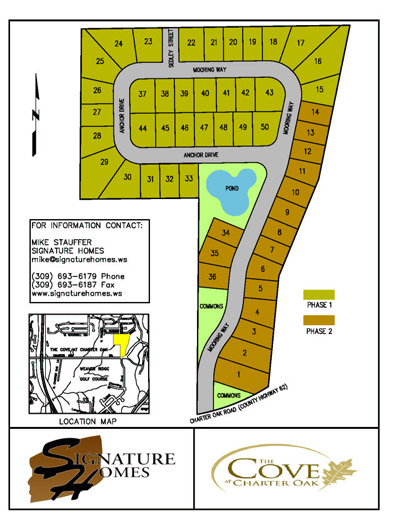When the Cable and Video Competition Law passed in Illinois, I expressed some concern over what it would mean for Peoria. You may recall that the Act states:
…if the holder [of a state franchise agreement] is an incumbent cable operator or any successor-in-interest company, it shall be obligated to provide access to cable or video services within the jurisdiction of a local unit of government at the same levels required by the local franchising authorities for that local unit of government…
And I said:
The Act defines “incumbent cable operator” as an entity “that provided cable services or video services in a particular area under a franchise agreement with a local unity of government…on January 1, 2007.” Insight has not had a franchise agreement with Peoria since April 2006 when the last agreement expired. The city has been negotiating a new franchise agreement ever since, but the two parties have not come to terms. So it’s very possible that Insight would not be subject to the “incumbent cable operator” provisions of the Act.
But on Tuesday that problem may very well be solved. The council likely will approve a franchise agreement extension until January 1, 2008, retroactive to April 15, 2006. This extension would also approve a transfer of the agreement from Insight to Comcast. The upshot is that Comcast will be considered Peoria’s undisputed incumbent cable operator, and that may work to Peoria’s advantage whenever Comcast decides what kind of franchise agreement (state or local) it wants to pursue.
Basically what this means is that we won’t see any reduction in cable service, if this agreement is approved.

